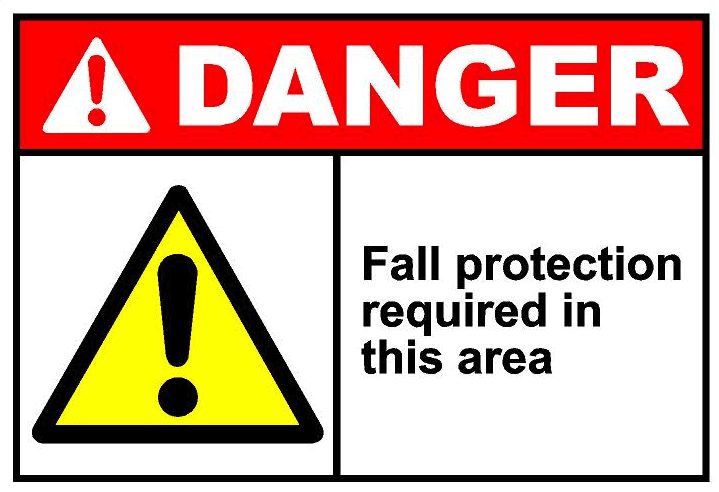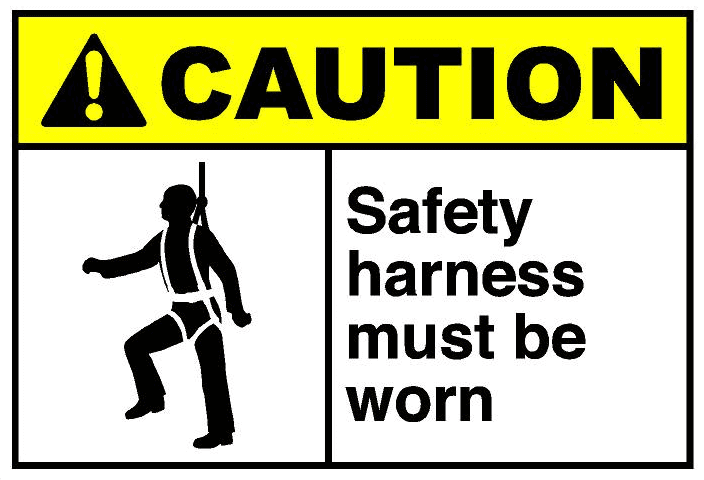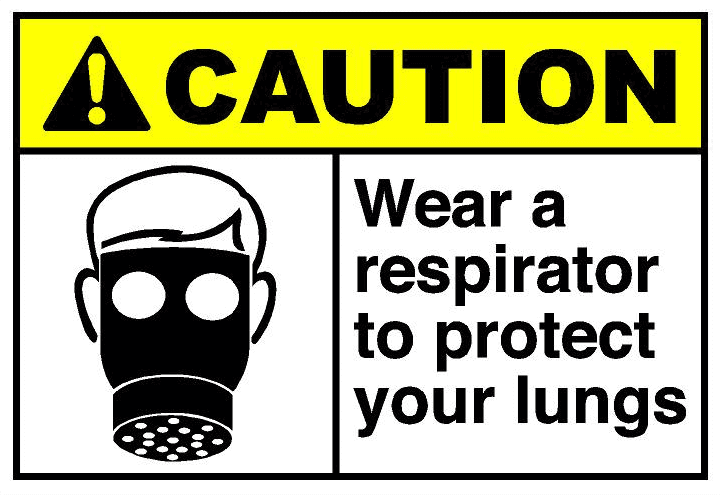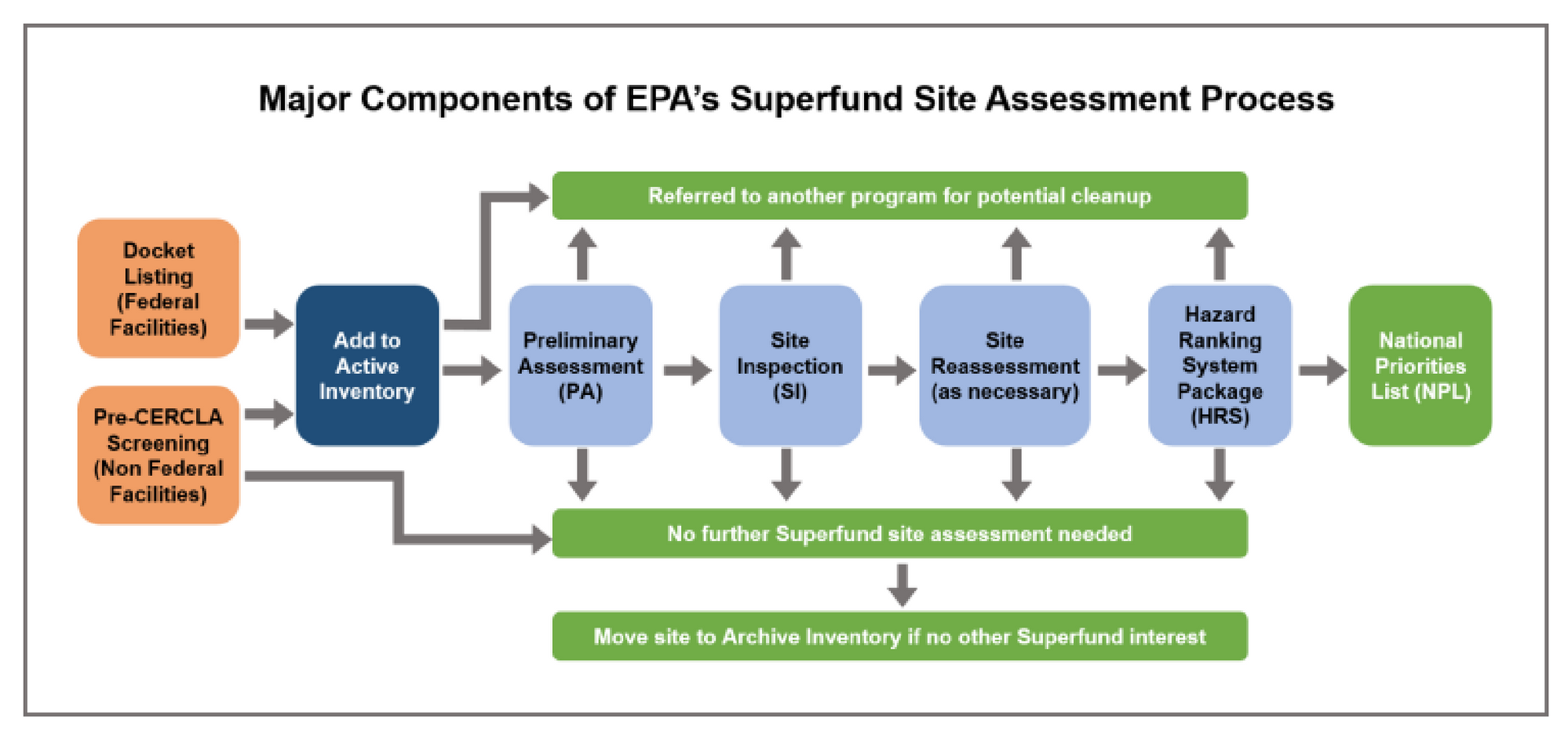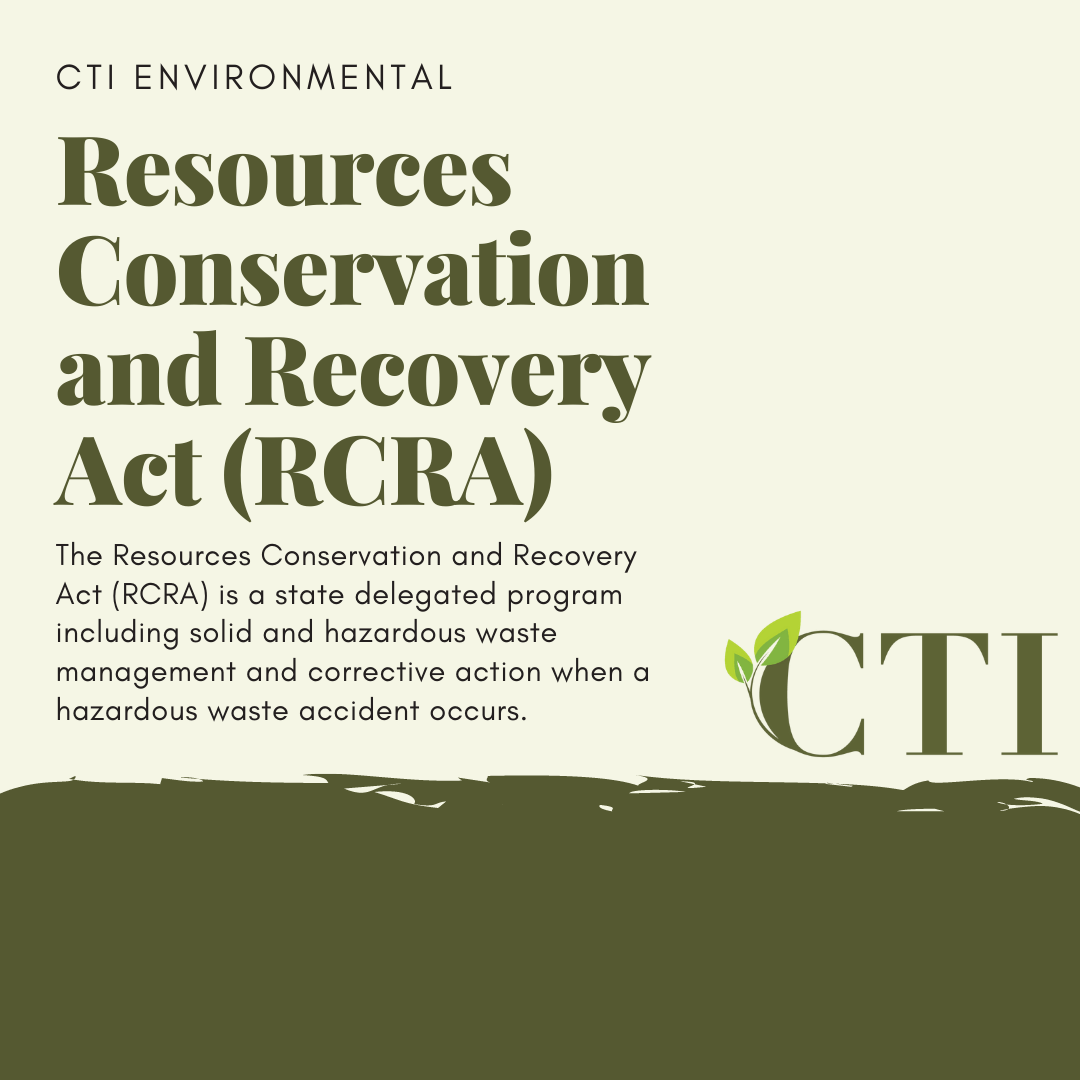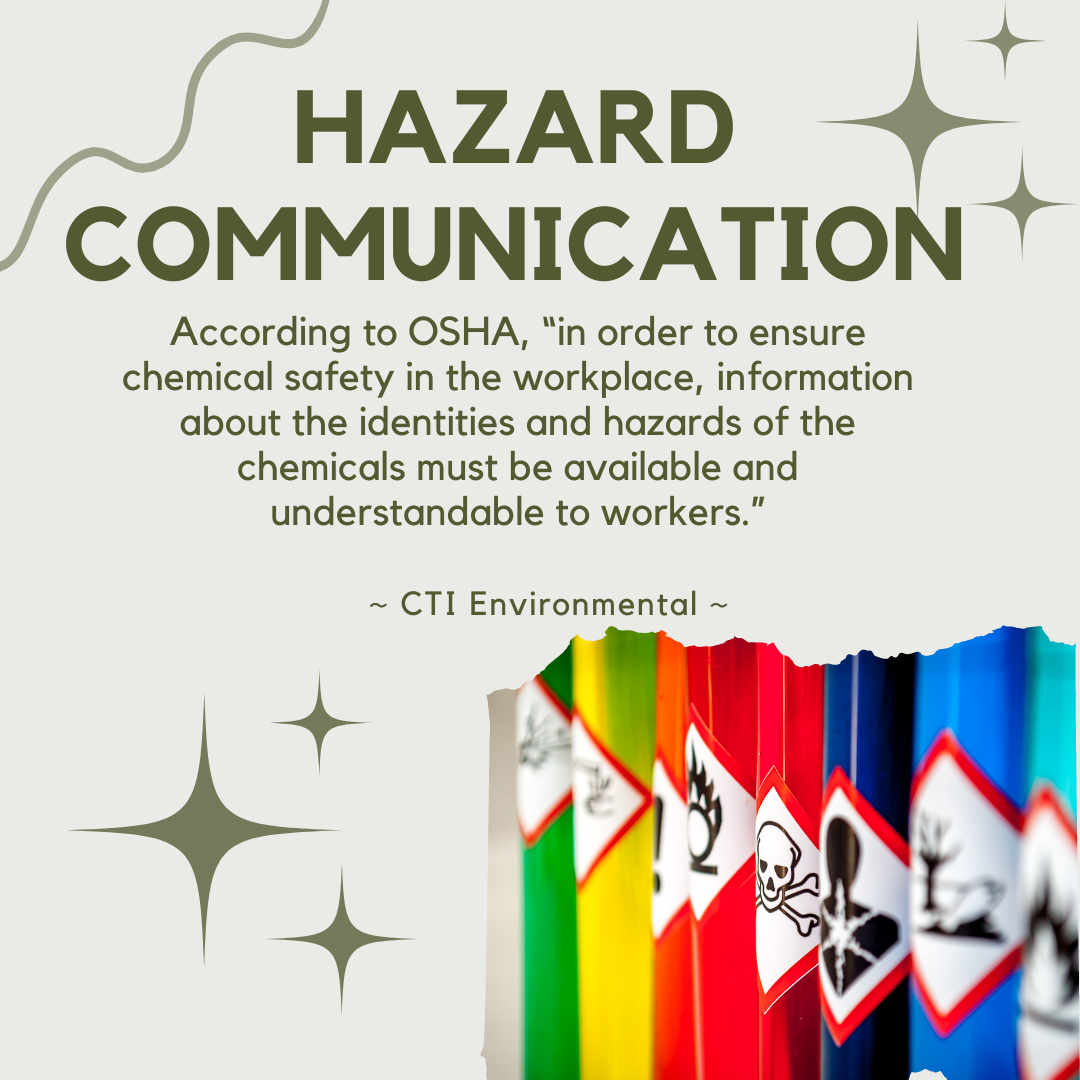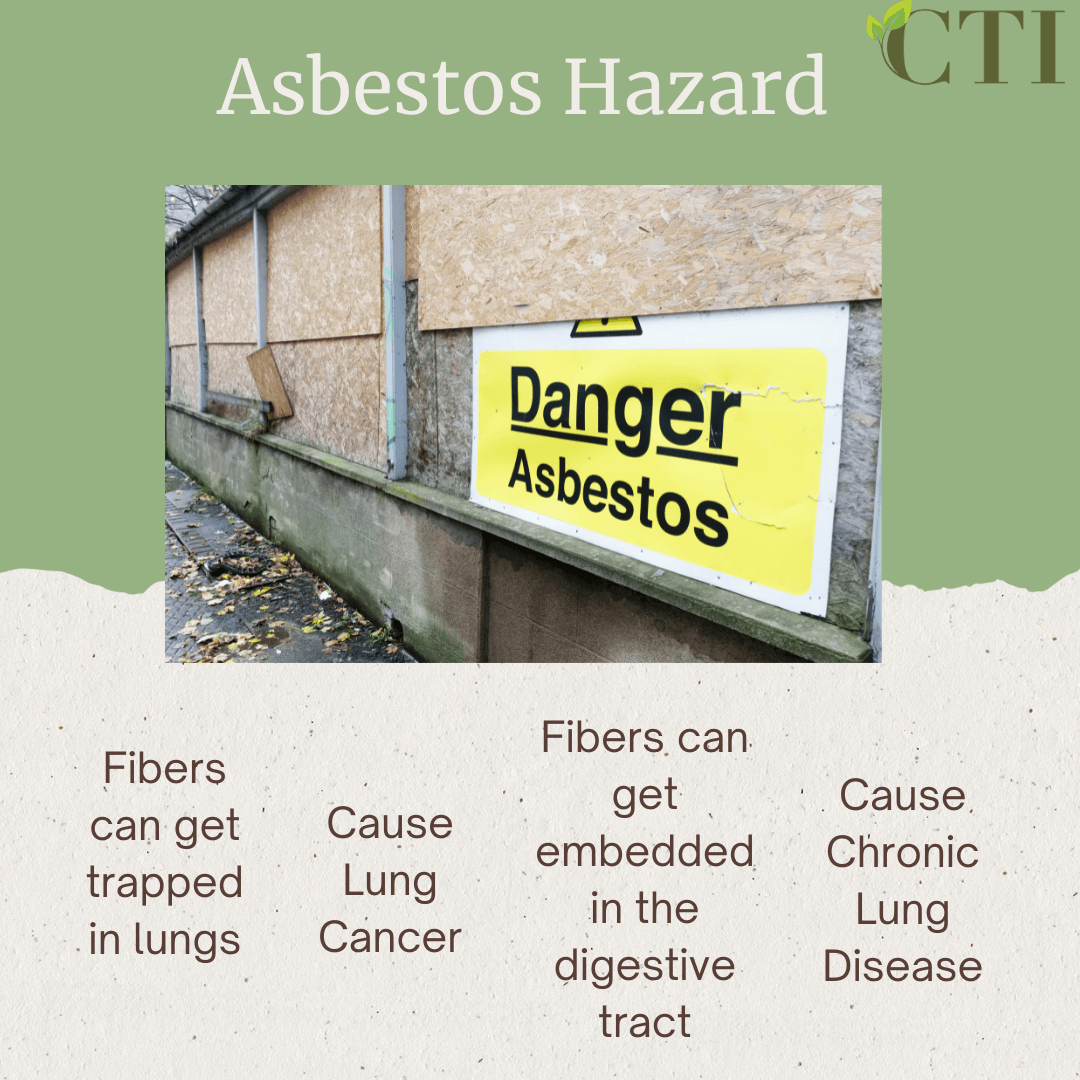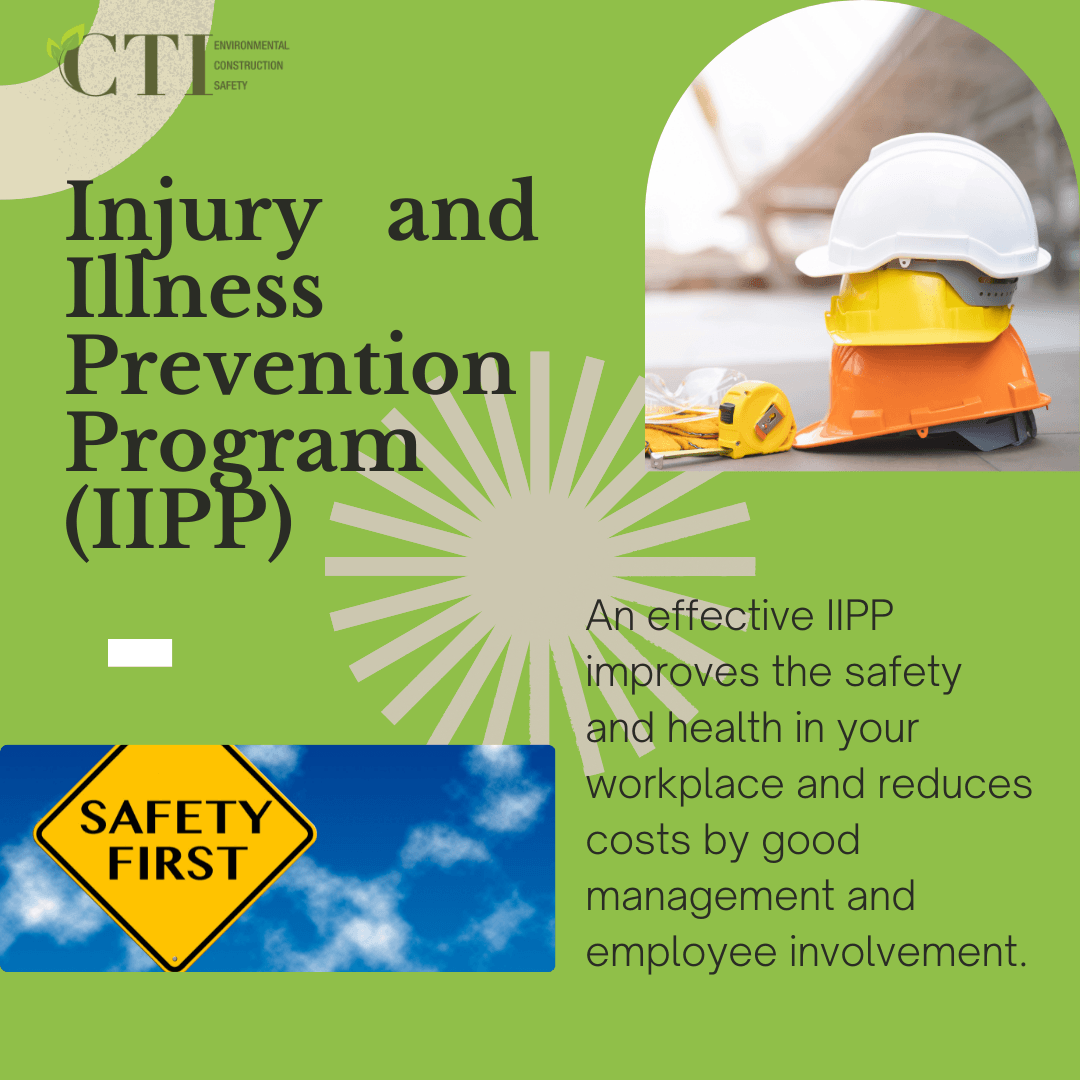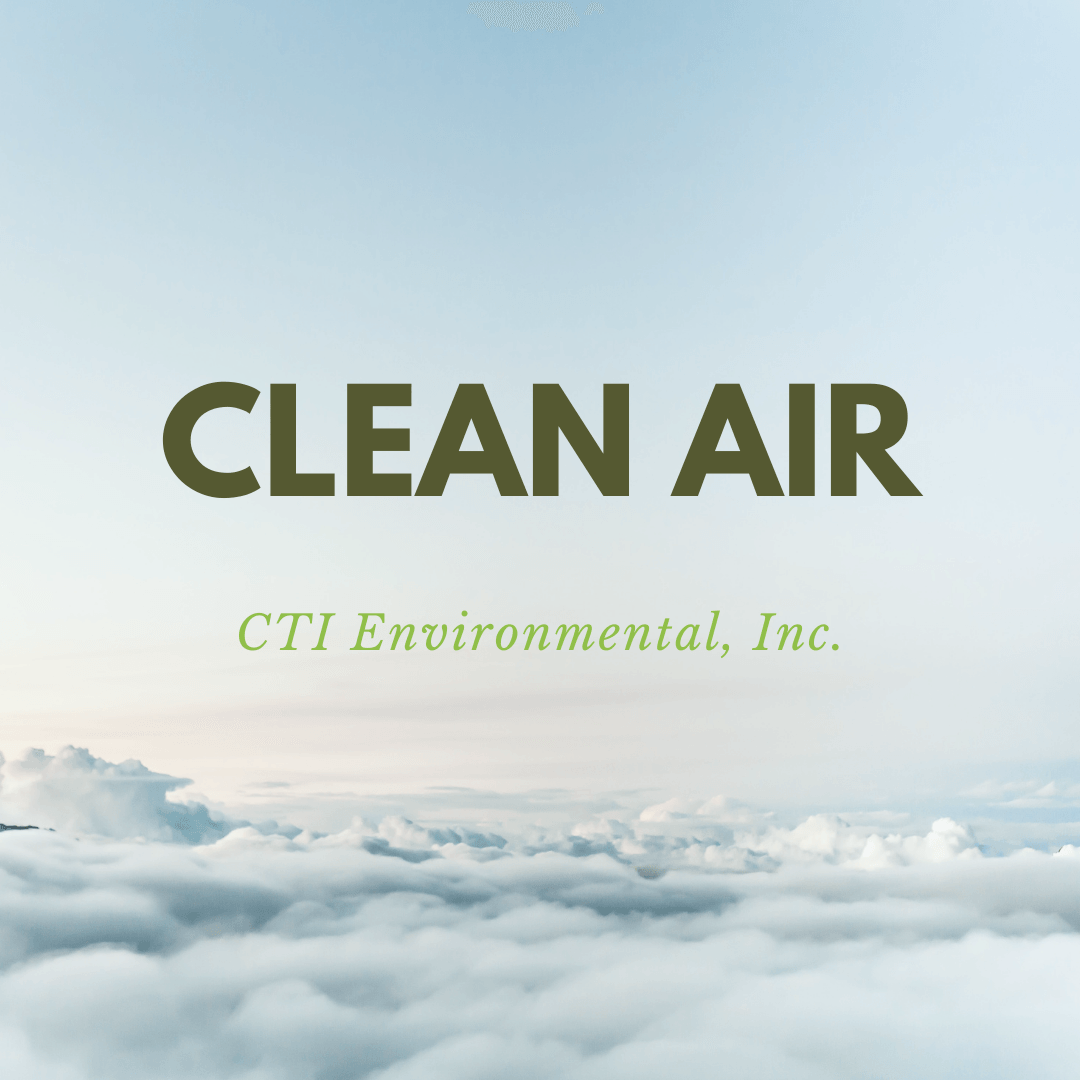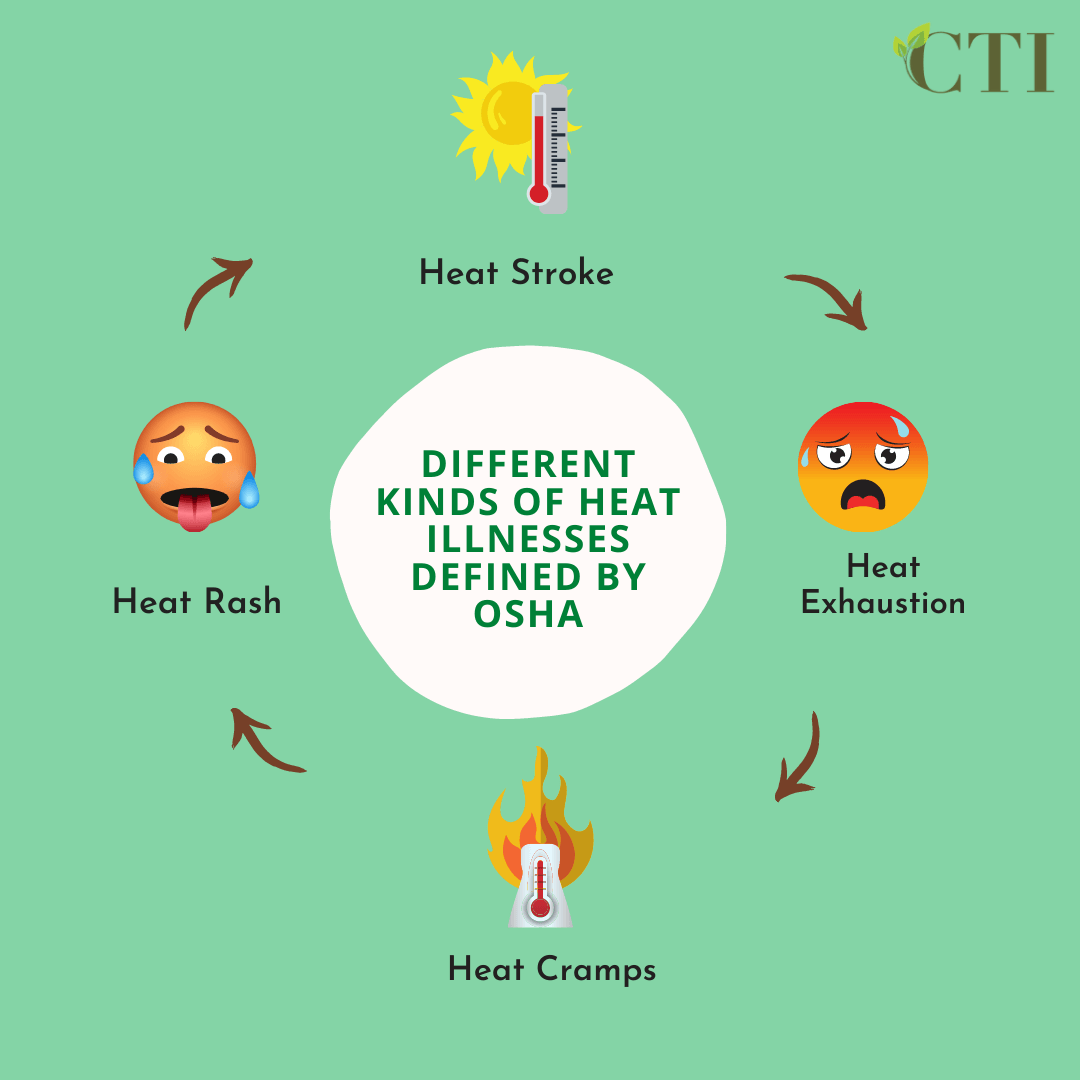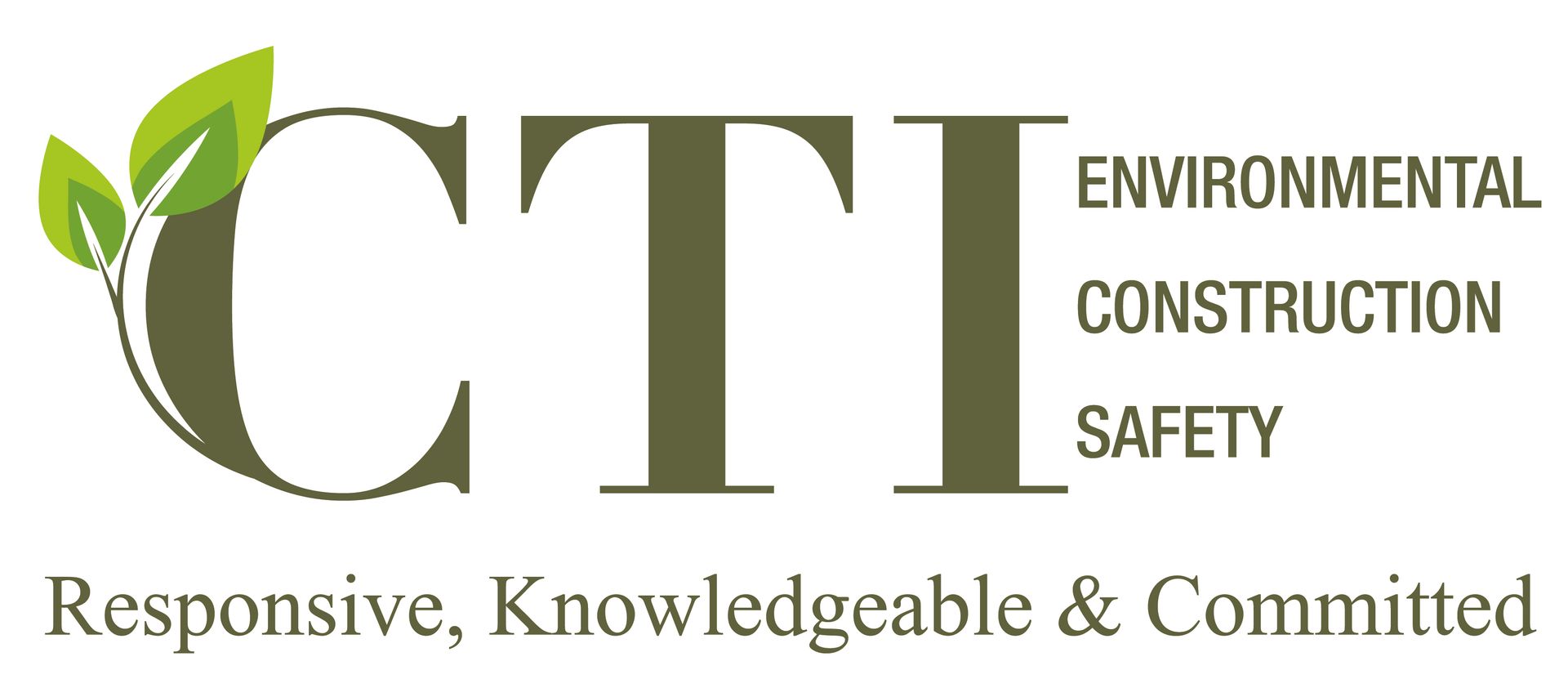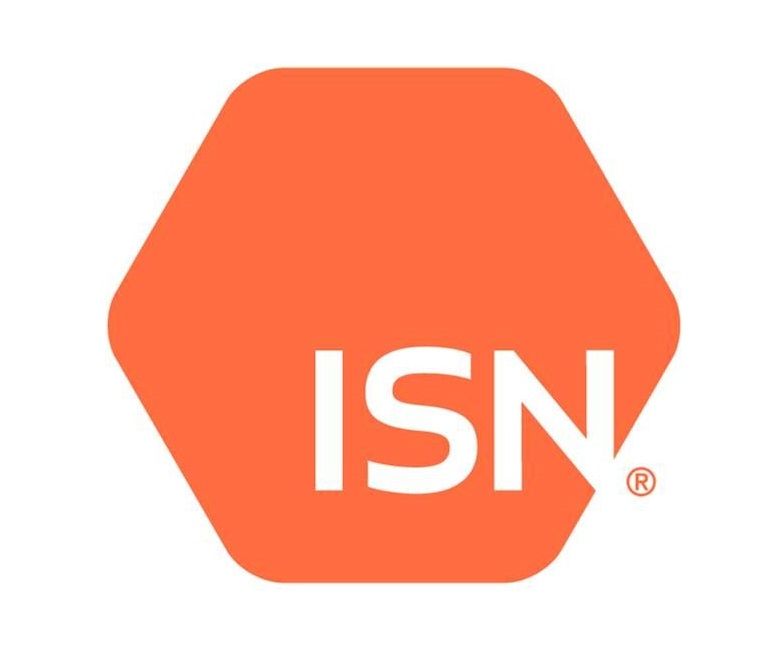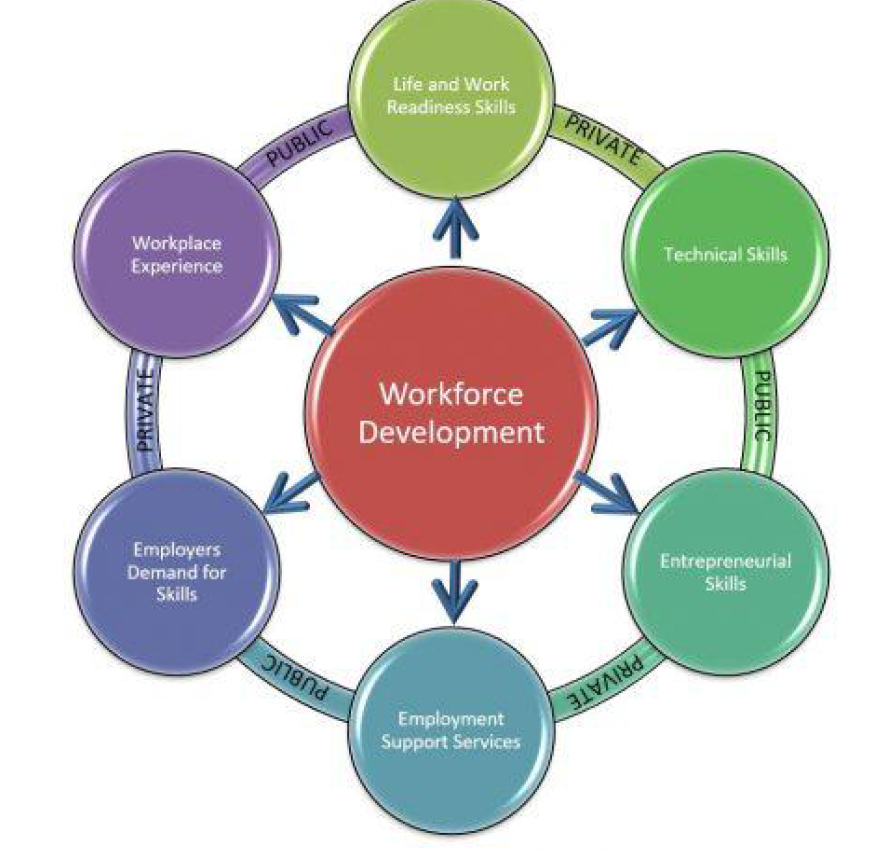Top 10 Most Cited OSHA Violations
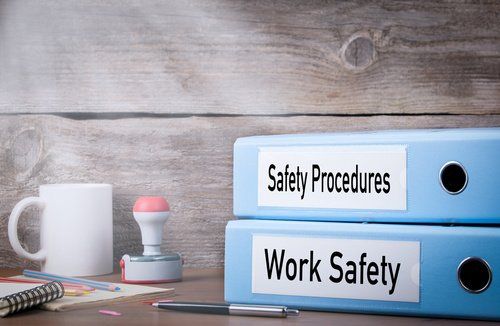
Every October, the Department of Labor’s Occupational Safety and Health Administration (OSHA) releases the list of the 10 most frequently cited health and safety violations for the fiscal year (from October 1-September 30). Here is the top ten list for 2016.
1. Fall Protection – 1926.501
The number one OSHA violation since 2011 is often due to organizations that do not provide appropriate protection to employees against life-threatening fall hazards.
2. H azard Communication – 1910.1200
Organizations are cited for the failure to implement a hazard communication program or inadequate training for their employees.
3.
Scaffolding
– 1926.451
Missing planks or holes in scaffold platforms and inadequate platform assembly are violations of this standard.
4.
Respiratory
Protection – 1910.134
Common violations include when employees experience overexposure to contaminants or wear improperly-fitted respirators.
5. Lockout/Tagout – 1910.147
Organizations are cited when no lockout/tagout procedure is in place to control energy sources in equipment and machines.
6. Powered Industrial Trucks – 1910.178
Violations are often for untrained operators or non-compliance with recertification requirements of Powered Industrial Trucks (PIT).
7.
Ladders
– 1926.1053
Improper use of ladders such as standing on the top rung and the use of inoperative ladders are violations of this construction rule.
8. Machine Guarding – 1910.212
Common violations include not anchoring fixed machinery to prevent them from moving.
9. Electrical Wiring – 1910.305
It is a violation of this standard when organizations use temporary wiring instead of permanent wiring and incorrectly use extension cords.
10.
Electrical, General Requirements – 1910.303
Organizations are often cited when electrical equipment is improperly installed.
This list is simply
the top ten of a long list of Cal/OSHA violations. The standards are in place
to protect employers and employees. Safety violations highlight the serious
dangers posed to employee safety, can cause damage to an organization’s
reputation, and are expensive penalties.
Workplace hazards
can be prevented. And hazard prevention is an investment that saves an
organization the lives of its employees, prevents injuries, and saves money. CTI’s
Regulatory Compliance Division helps organizations with strategic and proactive
plans that meet OSHA compliance standards as well as to protect against
reputational risk. Keeping employees safe is no small matter, it is of primary
importance to find and address safety hazards before OSHA makes an appearance.
CTI has extensive
relationships with agencies such as: SCAQMD, Cal-EPA, CalTrans, DTSC,
Sanitation Districts, Cal OSHA, State Water Resource Control Board, Fire
Departments, and many other regulatory agencies.
No matter the risk you face, CTI can assist you in evaluation of the project and will provide you with a roadmap to compliance while allowing you to achieve your business objectives.
(Contributing Writer, Ronisa Shoate)
Important Signs
